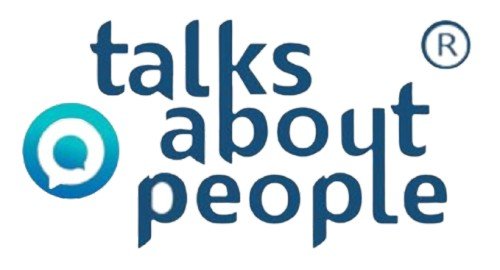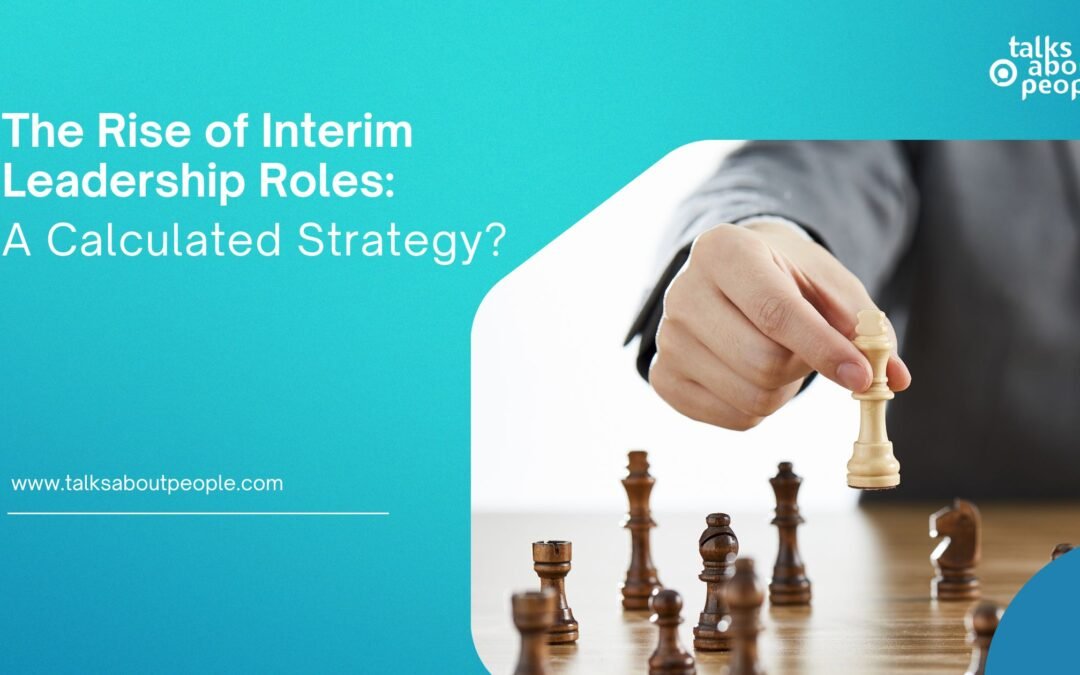According to Forbes, 25% of new CEOs in the first two months of 2025 were interim hires, up from just 8% during the same period in 2024. This signals a sharp global shift as corporate boardrooms increasingly turn to interim leadership roles as part of their executive hiring strategies.
Once seen as stopgap arrangements during sudden leadership transitions, interim positions are now being used strategically by organizations to stabilize operations, execute urgent projects, and even test potential long-term leaders.
However, is this surge in interim leadership a calculated strategy or merely a response to the unpredictable business climate? Let’s explore.
Why Interim Leadership Is on the Rise
Industries today face constant disruption from digital transformation, changing regulations, and global crises, thus making agility a must. Companies cannot afford long gaps in leadership, particularly at the C-suite level. Interim leaders provide an immediate solution: they step in with experience, stabilize the organization, and ensure business continuity.
This rise is not accidental. It’s driven by three major forces:
- Uncertainty in global markets: From supply chain disruptions to geopolitical instability, businesses prefer flexible leadership models.
- Specialized short-term expertise: Organizations often bring in interim executives for transformation initiatives such as digital adoption, restructuring, or IPO readiness.
- Changing employee and customer expectations: Businesses need leaders who can quickly adapt culture and strategy to align with evolving needs.
The Strategic Value of Interim Roles
Traditionally, an interim leader was viewed as a “placeholder” until a permanent hire was made. However, that perception has shifted. Today, interim leaders bring unique value:
- Fresh Perspective Without Baggage
Interim executives often come from outside the organization, offering unbiased insights and strategies without being tied to legacy practices.
- Quick Decision-Making
Without the pressure of long-term politics or career ladders, interim leaders can make bold decisions swiftly. Organizations often need this during times of transition.
- Testing Ground for Future Leaders
Some companies deliberately place internal talent in interim positions to test their ability before confirming them in the role permanently. This reduces the risk of misaligned hires.
- Specialist Problem-Solvers
Many interim leaders are seasoned professionals with niche expertise. Whether it’s turning around underperforming units or steering mergers, they act as catalysts for change.
Risks & Challenges
Despite its benefits, interim leadership is not without risks.
- Uncertainty in Continuity: Employees may feel unsettled if leadership keeps changing. Too much reliance on interim roles can impact morale.
- Limited Authority: Interim leaders may sometimes be perceived as temporary, limiting their ability to enforce decisions.
- Strategic Misalignment: If the interim leader’s vision diverges too much from the long-term direction, it can create friction.
Thus, organizations need to be deliberate in designing interim roles, ensuring authority, clarity, and cultural alignment.
Is Interim Leadership a Long-Term Trend?
Yes and no. Interim roles are not replacing permanent leadership; instead, they’re complementing it.
For India, this model holds particular promise. With rapid market expansion, family-run businesses professionalizing, and startups scaling aggressively, interim leaders offer a bridge between immediate needs and long-term strategy.
However, organizations must guard against overdependence. Interim leadership should remain a tool, not a crutch. The best results come when companies use these roles thoughtfully, by aligning them with organizational goals, integrating them into their CXO hiring strategy, and planning seamless transitions to permanent leadership.
The Future of Interim Leadership
Looking ahead, interim leadership will likely evolve in three key ways:
- Specialized Pools of Talent: Firms and HR consultancies will curate networks of proven interim leaders across industries.
- Greater Acceptance in Startups: Fast-scaling startups may increasingly rely on interim CFOs, CHROs, and CTOs to navigate growth phases.
- Hybrid Models: Companies may design roles where interim leaders transition into advisors once permanent hires step in, ensuring continuity.
Final Thoughts
The rise of interim leadership roles reflects the realities of the present-day’s volatile business scenario. Far from being mere placeholders, interim executives are becoming strategic assets, providing stability, speed, and specialized expertise when it’s needed most.
However, the question remains: should interim leadership be considered a calculated strategy or simply a temporary fix? The answer depends on how thoughtfully organizations deploy it. With the right structure, clarity, and purpose, interim roles can become a vital element of modern corporate strategy.
At TalksAboutPeople, we help organizations manage these leadership transitions seamlessly. Whether you’re exploring leadership hiring for the right interim leader to steer your business or want to design a long-term leadership strategy, our team of expert leadership hiring consultants ensures you find the perfect fit.
Partner with TalksAboutPeople to make interim leadership hiring work for you!
Contact us today!

